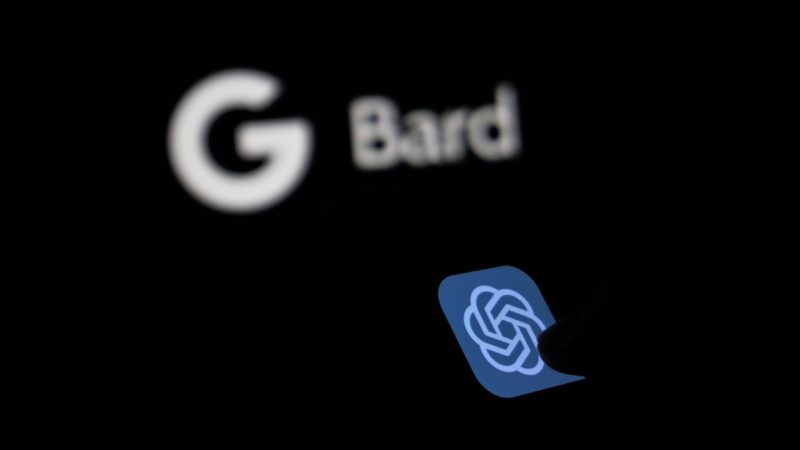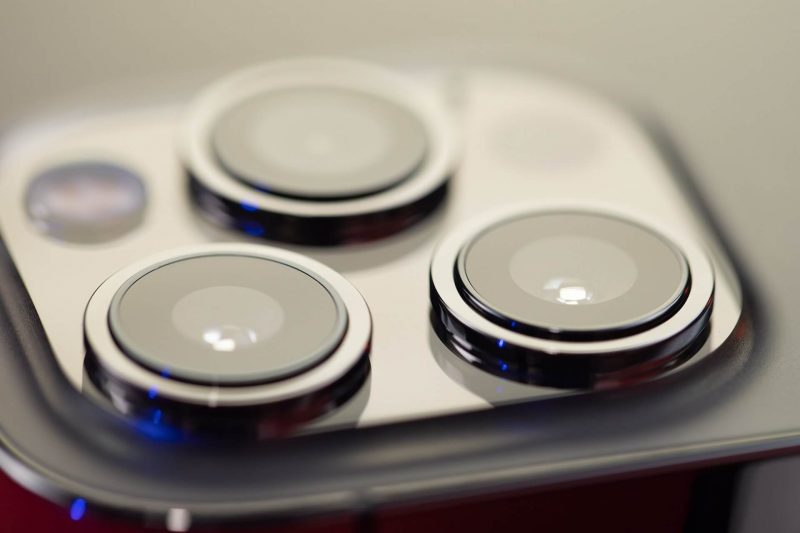A Comprehensive Exploration of the Impact of AI on Journalism
In the ever-evolving landscape of journalism, the infusion of artificial intelligence (AI) marks a pivotal shift, reshaping conventional news practices. As the digital age unfolds, the profound influence of AI on journalism becomes increasingly apparent, introducing a complex interplay of advancements and challenges. This comprehensive exploration aims to delve into the nuanced layers of the symbiotic relationship between AI and journalism, unraveling its far-reaching implications, addressing challenges, and shedding light on the promises it holds for the future.
(more…)






